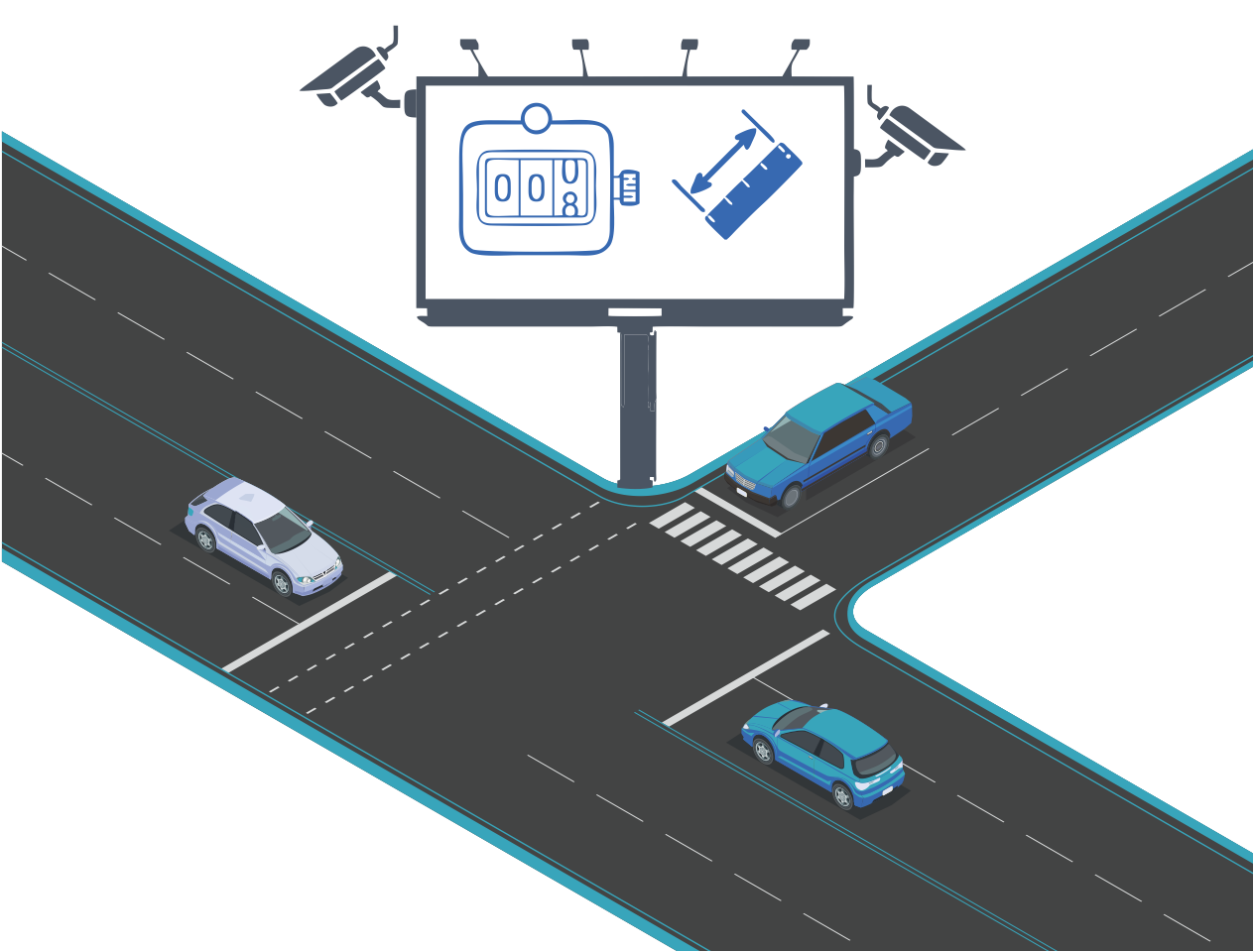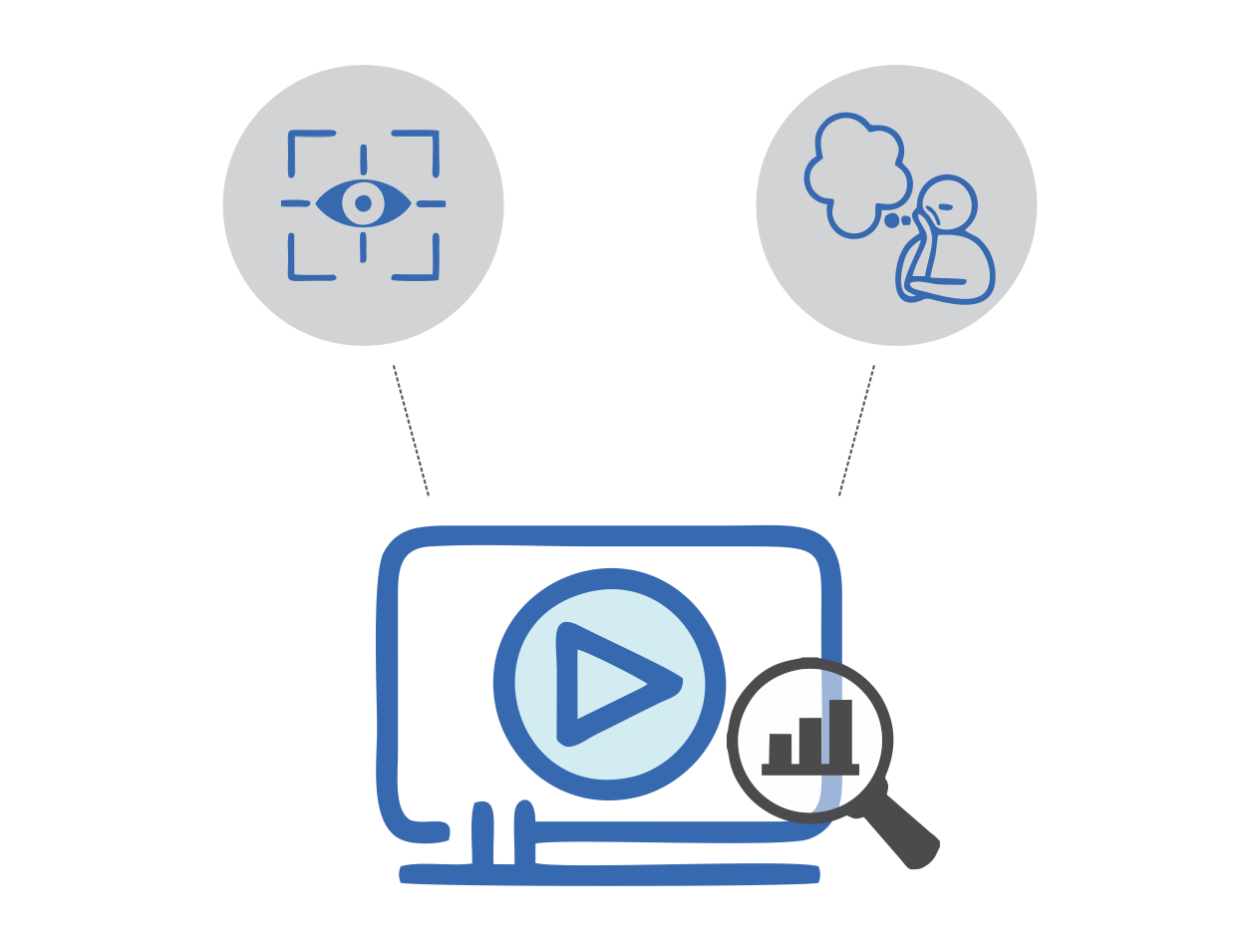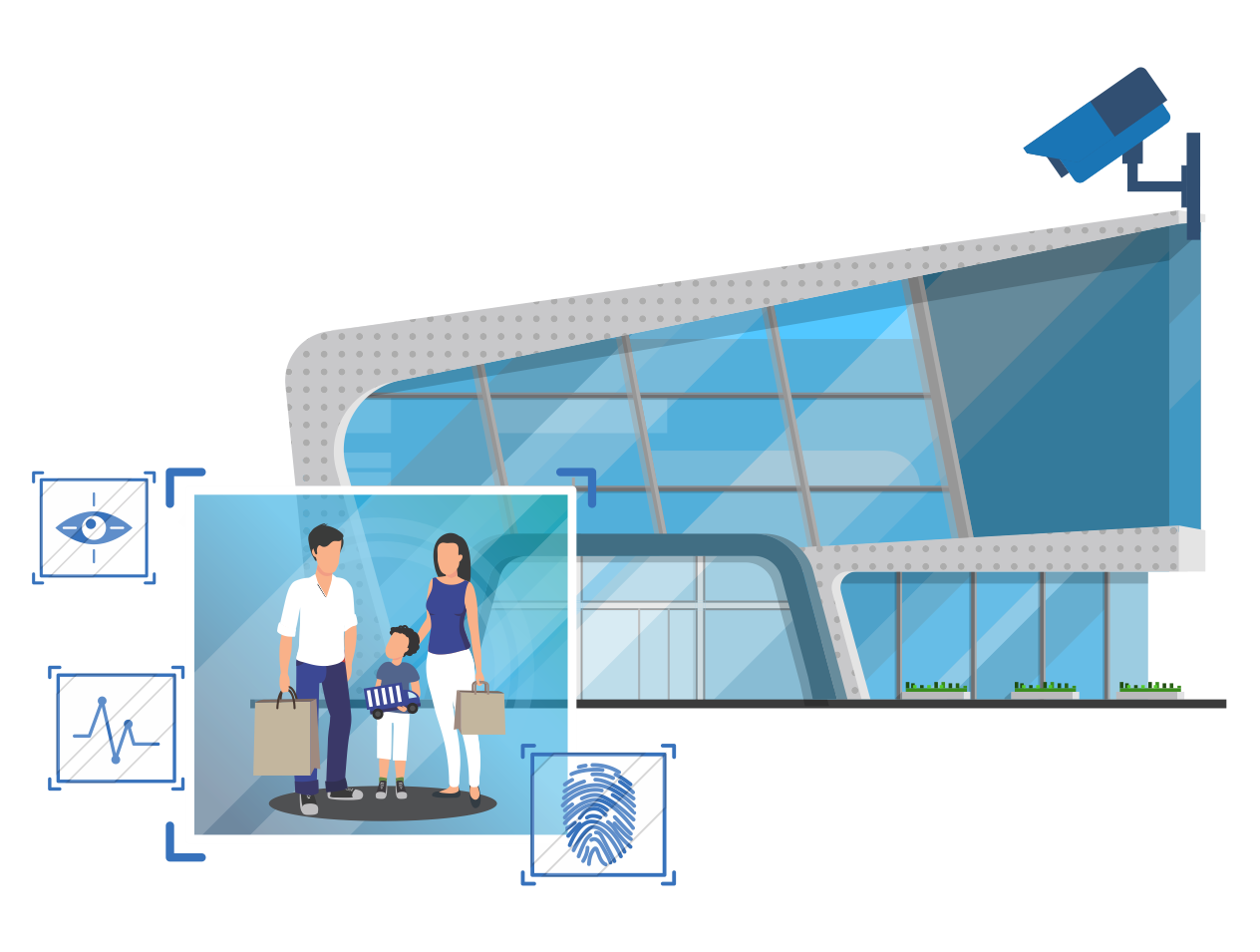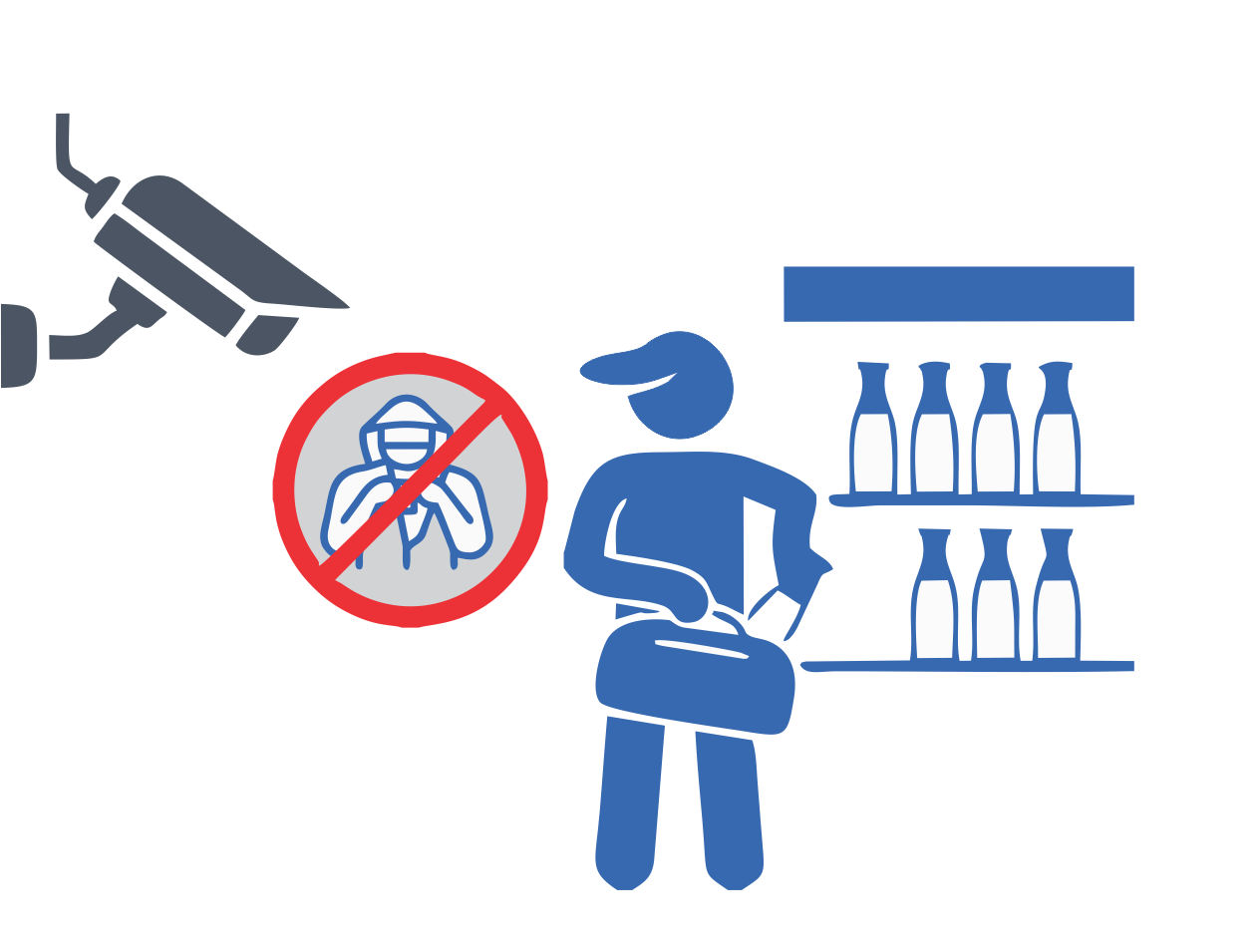A digital OOH company piloted a study to count the number using Deep CNN based algorithm.
A digital Out of Home (DOOH) agency commissioned a pilot study to assess the benefits of using a computer vision based vehicle counts against the sampling based measurement techniques that they currently use. They wanted to look at the feasibility of the solution in terms of long term cost of equipment maintenance, light and weather related challenges and the cost of processing data and maintaining the data infrastructure.
Tracking and counting using Computer Vision
The DOOH client had commissioned the pilot to assess the benefits of using Deep CNN based vehicle count to measure the ad views compared to sampling based approach that they use.
- The solution accuracy was impacted by light and weather conditions
- Sampling based estimations had an acceptable 2.7% error
- The operational and data processing costs outweigh the benefits
The study established that the deep learning based solution did not offer any significant benefits over the current practice of ad views estimates.
Challenges in training and variety of vehicles
The digital out of home (DOOH) had read about the Deep CNN based methodologies to count the number of vehicles, and hence the ad views for their ads. They wanted to assess the feasibility of deploying such a solution on their OOH properties. They commissioned a pilot for 3 properties at strategically chosen locations to analyse the effectiveness of the solution and long term feasibility.
One of the major challenges was to collect enough data for training the Deep CNN algorithm. Due to different sizes of vehicles, the performance of the solution remains a challenge and affects the accuracy of vehicle counts.
Another challenge was the overhead cost associated with the physical infrastructure to be maintained at every OOH property. The bandwidth and data processing requirement was another challenge.
A solution not ready for commercial applications
Deep CNN based vehicle count is a solution that looks good on paper and a demonstration of what artificial intelligence and machine learning solutions can do. However, the cons far exceed the pros for commercial applications – at least as of today.
a. The operational cost associated with acquiring equipment and the maintenance associated with it is prohibitive
b. The huge bandwidth needed to process high quality, streaming video data and generate counts
c. The accuracy of the algorithm – affected by lighting, weather and other adverse weather events
All the above, with no significant benefits over the current sampling based estimation methods that they currently use.




